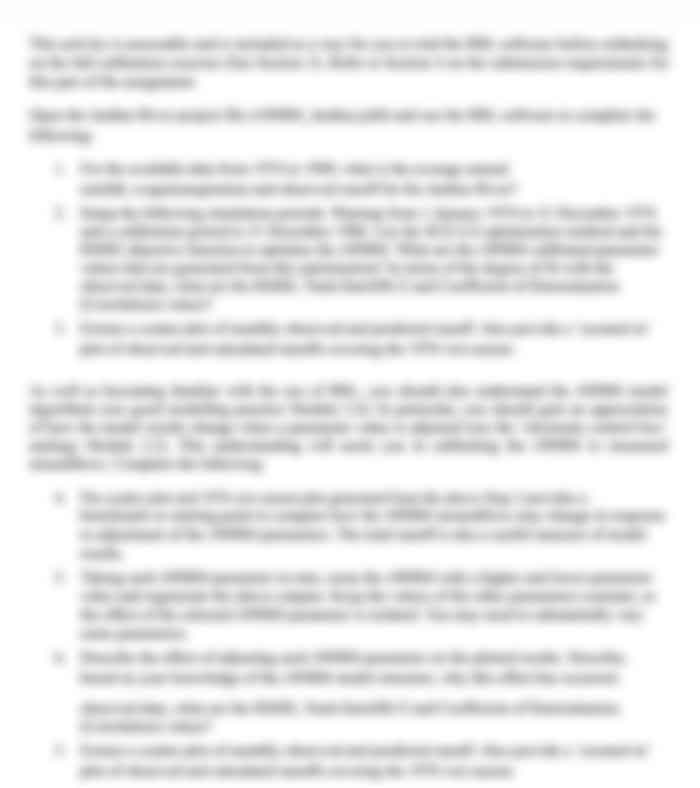Fair Work Commission's website Case Study
- Country :
Australia
WEB EXERCISES
Visit the Fair Work Commission's website atwww.fwc.gov.au.
CRITICAL THINKING QUESTIONS
1.Which award covers professional employees? Does this award also cover accountants?
2.Go to the section of the website that refers to Full bench decisions under the Cases & decisions navigation. Readthe latest Full bench decision. What was the decision about, and which party was successful and why?
3.Go to the section of the website that refers to Orders & determinations. Read the latest Order. What is an orderand what does the latest order you are reading direct?
4.What is a General protections dispute and how are they resolved?
5.What is a legal dismissal according to the Small Business Fair Dismissal Code?
DISCUSSION QUESTIONS
1.Read the opening case 'BA suspends cabin staff in Facebook row over list of strike-breaking pilots' on page 146.Was British Airways management correct in suspending these employees?
2.Read the article entitled 'Putting a human cost to the iPad' on pages 149-50. Do you believe that consumerscare about the rights and conditions of the workers who make products such as the iPad?
3.What do you believe are the modern-day influences on Australia's history of compulsory arbitration?
4.Read the article 'Potty mouth: Ballmer pledges to "bury" Google CEO' on pages 147-48. Do you believe thatcompanies should be able to poach their competitor's employees?
5.Read the article 'Qantas strikes to cost $198 million' on page 159. Do you believe Qantas management wasright to ground the entire fleet in October 2011?
MANAGING FOR PERFORMANCE
Constructive relations at Top Trucking Company
TopTrucking Company's Wollongongyardwas rapidly getting a reputation within the company and within theregion as ahigh-performance workplace; andoddlyenough, George Psarosa union delegate was playing a pretty important part in the transformation. The yard had long held a strong positioninthe local product market, but it had been a tough place to work. The yard manager was very autocratic, preferring to tell people what todo, or yelling at them if it had been a 'bad' day. The family that owned the company had been reluctant to spend money on the trucks, which were older than they should have been. There were some bad eggs among the driversand there had been alotof conflict, lots of accidents and lots of stoppages.
MANAGING FOR PERFORMANCE
About 3 years ago, the family company was bought out by a big national transport group and the old yardmanager retired.The new owners had capital that they were prepared to spend on rejuvenating the fleet; theycleaned up the yard and bought the drivers new uniforms. A new computer system was installed in the warehouse.Even more importantly, they appointed a new yard manager who was 'a breath of fresh air.Hebegan to talk tohis drivers and their union representatives. When problems arose, his approach was not to immediately blame the drivers,butto check things outandexplore the issues rationally rather than have a knee-jerk reaction.: He consciously worked on improving occupational health and safety. As part of this, the drivers received more training, both technical and in customer service. This guy was no 'pussy catin the early days George had severalmajor arguments with him and there had been a couple of short strikes. But George had to admit that the manageralways had a reasonable point of view and some of George's members were out of line in those disputes. In fact, a couple of the 'bad eggs', whom George had been forced to support, had left; this improved the atmosphere no end. Things began to change. Mostofthe drivers started to see that they were no longer being treated like children. They felt good about the new trucks and uniforms, and their backs started to straighten. They did not like some of the changes in work practices, but once they were introduced, they could see their benefits. They cametorespect the new manager. George saw the same things. He could deal with this manager. In fact, the manager went out of his way to consult with George-not 'crawl' to him or patronise him, but talk with him almost as an equal in an effort to improve the image and operations of the company. The manager also shared information about the yard's performance with the drivers and the union he was not afraid to open up about the pressures and successes they experienced.
The results over the last couple of yearshadbeen impressive. Top Trucking had won a number of new contracts. Wollongong topped the tables of key indicators that were used within the companytobenchmark the various yards. They startedtoget visitors from head office and from other yards around the country to observe their operations. This attention reinforced the growing senseofachievement within the yard. George was impressed and he just hoped that the manager was not promoted to head office too soon.
CRITICAL THINKING QUESTIONS
1.How do the new workplace practices introduced by the new yard manager complementoneanother?
2.What are the risks to sustaining these changes if George or the yard manager moves on?
3.Do youthink 'tough' blue-collar unions like the Transport Workers Union are more or less likely to engage inworkplace changes like these than public or service sector unions? Why? How wouldyoufind out if you are right?

